The AI Revolution is Crushing Market Expectations
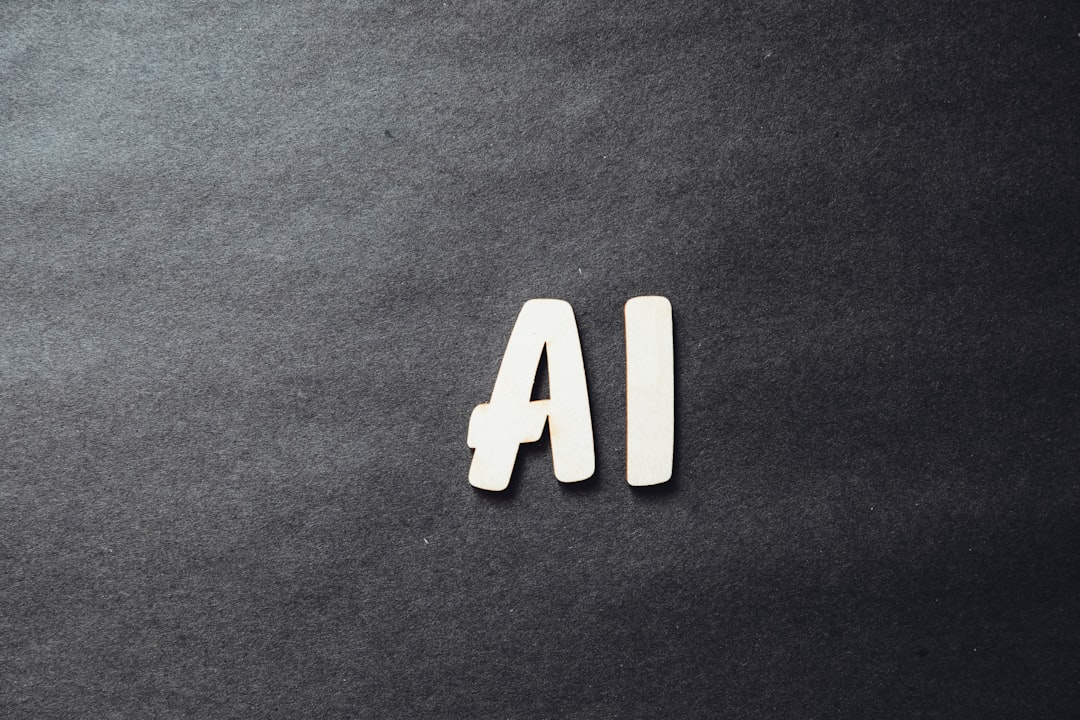
When NVIDIA’s stock price jumped from $146 in January 2023 to over $500 by mid-2024, investors suddenly realized they were witnessing something extraordinary. The artificial intelligence boom has created returns that make traditional investments look almost boring. Companies like Microsoft, Google, and Meta have each invested tens of billions into AI infrastructure, with Microsoft alone committing $13 billion to OpenAI. The global AI market, valued at $136.6 billion in 2022, is projected to reach $1.8 trillion by 2030 according to Grand View Research. These aren’t just numbers on a spreadsheet – they represent a fundamental shift in how business operates.
Green Energy’s Steady March Toward Dominance
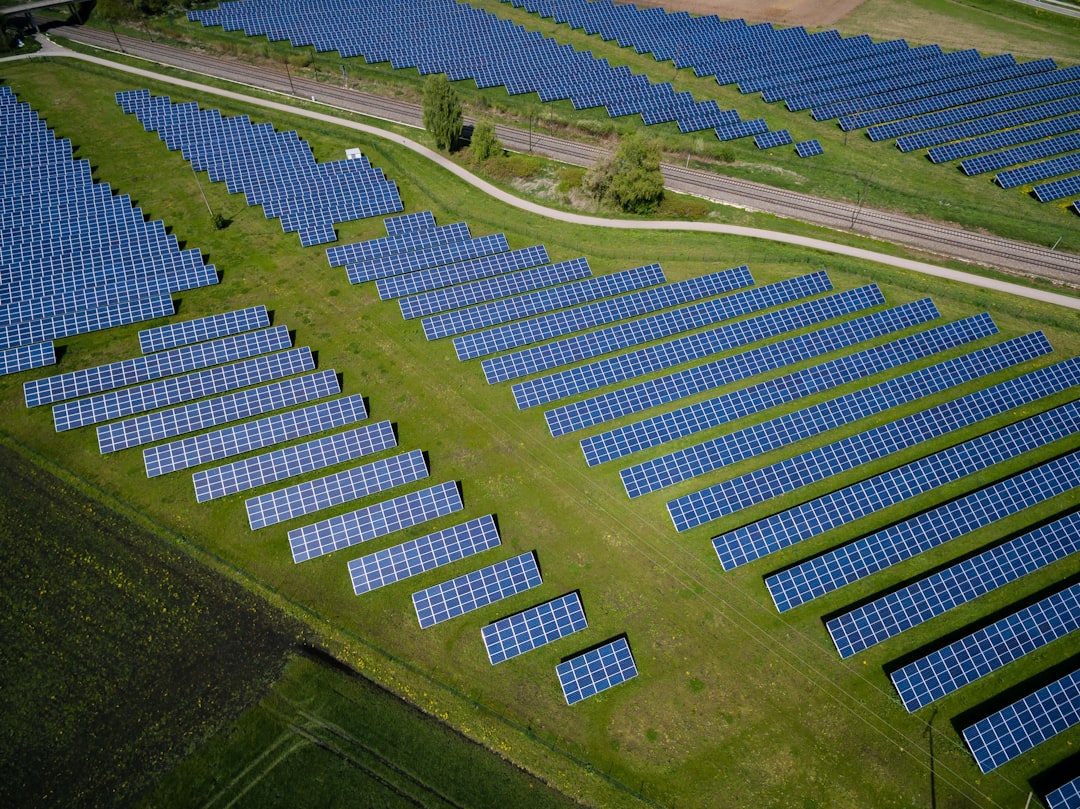
While AI stocks grab headlines, renewable energy has been quietly building an empire of its own. The International Energy Agency reported that renewable capacity additions hit a record 346 gigawatts in 2023, with solar photovoltaic accounting for nearly three-quarters of this growth. Wind and solar now represent the cheapest sources of electricity in most parts of the world, creating a compelling investment case that goes beyond environmental concerns. The global renewable energy market reached $1.1 trillion in 2022 and is expected to grow at a compound annual growth rate of 8.4% through 2030. Government incentives like the U.S. Inflation Reduction Act have allocated $370 billion specifically for clean energy investments, providing a substantial tailwind for the sector.
Market Volatility: AI’s Wild Ride vs. Green Energy’s Steady Climb
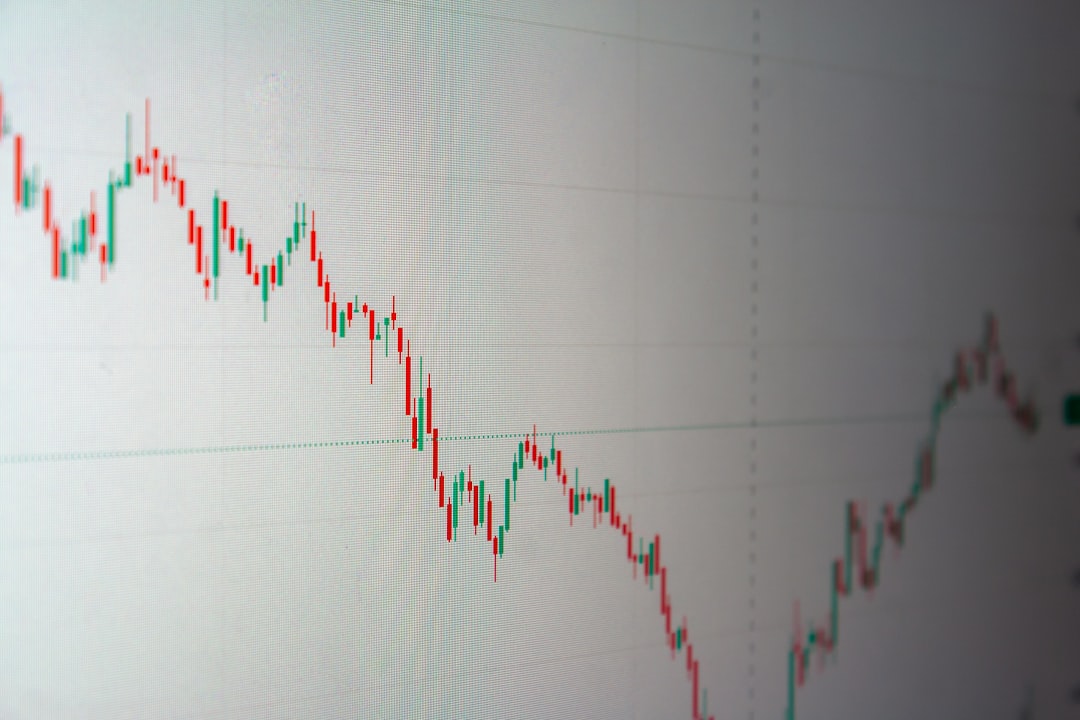
The difference in volatility between these two sectors tells a fascinating story about investor psychology and market maturity. AI stocks have experienced dramatic swings, with companies like AMD seeing their stock price fluctuate by 20% or more in single trading sessions based on earnings reports or product announcements. In contrast, established renewable energy companies like NextEra Energy and Brookfield Renewable Partners have shown more predictable growth patterns, though with smaller explosive gains. The Invesco Solar ETF (TAN) gained approximately 22% in 2023, while technology-heavy indexes saw much more dramatic ups and downs. This volatility difference reflects the maturity gap between the sectors – renewable energy has proven business models, while AI is still figuring out its long-term monetization strategies.
Revenue Models: Subscription Gold vs. Power Purchase Agreements

The way these industries make money reveals why smart investors are paying attention to both. AI companies are building subscription-based revenue models that create recurring income streams, with Microsoft’s Azure OpenAI Service generating billions in recurring revenue since its launch. Software-as-a-Service AI platforms can scale infinitely without proportional cost increases, creating incredibly attractive profit margins. Green energy companies, meanwhile, rely on long-term power purchase agreements that provide steady, predictable cash flows for decades. A typical solar farm operates under 20-25 year contracts with utilities, offering the kind of stability that pension funds and conservative investors crave. Both models have their merits, but they appeal to very different investment philosophies.
Government Policy: The Hidden Hand Shaping Both Markets

Policy decisions are quietly determining which sector will receive the bigger boost in coming years. The Biden administration’s CHIPS and Science Act allocated $52 billion for semiconductor manufacturing, directly benefiting AI hardware companies. Simultaneously, the Inflation Reduction Act created tax credits worth up to 30% for renewable energy installations, making solar and wind projects significantly more profitable. China’s dominance in solar panel manufacturing has created geopolitical tensions that could reshape supply chains in both sectors. The European Union’s Green Deal has committed €1 trillion to climate investments through 2030, while also implementing strict AI regulations that could slow adoption. These policy winds are complex and sometimes contradictory, but they’re creating winners and losers in both sectors.
Energy Consumption: AI’s Dirty Secret

Here’s where things get really interesting – AI might actually be the biggest customer for renewable energy in the coming decade. Training large language models like GPT-4 requires enormous amounts of electricity, with estimates suggesting that ChatGPT consumes about 2.9 watt-hours per conversation. Google’s total energy consumption increased by 13% in 2023, largely due to AI workloads, according to their environmental report. Microsoft, Amazon, and other tech giants are increasingly signing massive renewable energy contracts to power their data centers, creating a direct link between AI growth and green energy demand. This symbiotic relationship means that investing in one sector might indirectly benefit the other, making the choice less about competition and more about different ways to capture the same mega-trend.
Talent Wars: Where the Smartest Money Follows the Smartest People

The battle for top talent reveals which sectors have the strongest long-term prospects. AI engineers with machine learning expertise now command salaries exceeding $400,000 at major tech companies, creating a brain drain from other industries. Stanford’s 2024 AI Index Report showed that AI-related job postings increased by 73% year-over-year, while renewable energy engineering positions grew by a more modest 23%. However, green energy jobs often offer better work-life balance and stronger job security, factors that are becoming increasingly important to younger workers. The renewable energy sector employed 13.7 million people globally in 2022, compared to AI’s more concentrated but rapidly growing workforce. Both sectors are creating high-paying careers, but the distribution and sustainability of these opportunities differ significantly.
International Competition: The Global Chess Game

The geopolitical dimensions of both sectors are reshaping international relations and investment flows. China produces over 80% of the world’s solar panels and dominates battery manufacturing, giving them significant leverage in the green energy supply chain. Meanwhile, the United States leads in AI software development and chip design, though Taiwan and South Korea control crucial semiconductor manufacturing. Europe is trying to establish energy independence through renewable sources while also developing its own AI capabilities through initiatives like the European AI Alliance. These geopolitical realities mean that investors need to consider not just company fundamentals, but also international trade policies and supply chain vulnerabilities. The recent trade restrictions on AI chip exports to China have already affected stock prices and could reshape the entire industry landscape.
Financial Performance: The Numbers Don’t Lie
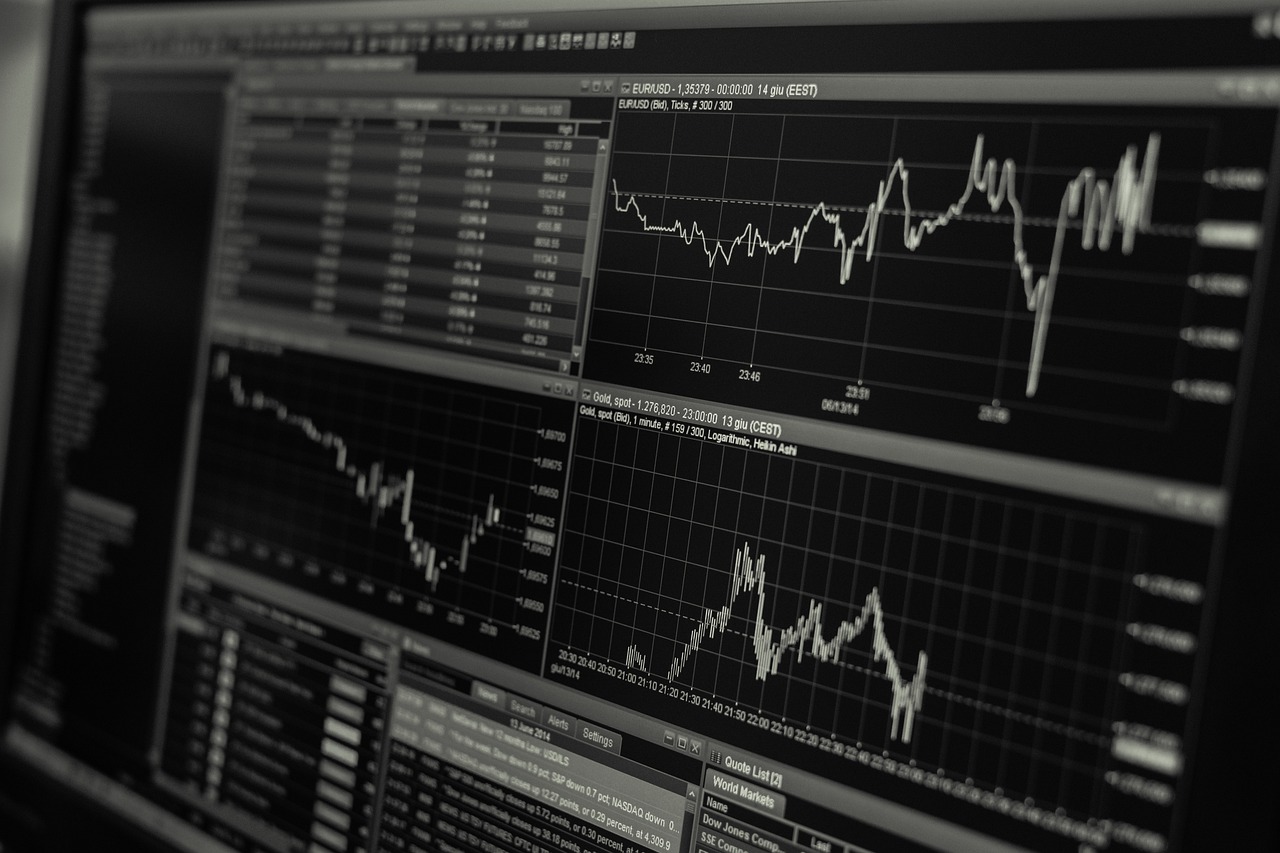
When you strip away the hype and look at actual financial performance, both sectors show compelling but different investment profiles. The Global X Artificial Intelligence & Technology ETF (AIQ) returned 31% in 2023, while the iShares Global Clean Energy ETF (ICLN) gained 18% over the same period. However, green energy stocks have shown more consistent performance over longer time horizons, with less dramatic boom-bust cycles. Tesla, which bridges both sectors through its energy storage business and AI-powered vehicles, demonstrated how companies can benefit from both trends simultaneously. Revenue growth rates in AI software companies often exceed 50% annually, while renewable energy companies typically show steady 15-25% growth with higher dividend yields. The risk-return profiles are distinctly different, making portfolio allocation a question of investor temperament and timeline.
Infrastructure Requirements: Building the Future

The infrastructure needs of both sectors create massive investment opportunities beyond just buying individual stocks. AI requires enormous data centers, specialized cooling systems, and fiber optic networks that cost billions to build and maintain. The global data center market is expected to reach $622 billion by 2030, driven largely by AI workloads. Green energy needs transmission lines, battery storage facilities, and grid modernization projects that governments and utilities are scrambling to fund. The American Society of Civil Engineers estimates that the U.S. needs $2.6 trillion in infrastructure investments by 2029, with a significant portion dedicated to energy systems. Smart investors are looking at infrastructure REITs, utilities, and construction companies that will benefit regardless of which specific AI or renewable energy companies ultimately dominate their markets.
Risk Factors: What Could Go Wrong

Every investment carries risks, and both AI and green energy face significant challenges that could derail their growth trajectories. AI companies are vulnerable to regulatory crackdowns, with the European Union’s AI Act already imposing strict limitations on certain applications. Technical limitations, such as the current plateau in large language model improvements, could slow innovation and investor enthusiasm. Green energy faces different risks, including commodity price volatility for materials like lithium and rare earth elements, plus potential changes in government subsidies. Weather dependency remains a concern for wind and solar projects, though improved battery storage is mitigating this issue. Both sectors are also susceptible to broader economic downturns, though their long-term trends appear resilient to short-term market fluctuations.
The Smart Money’s Verdict
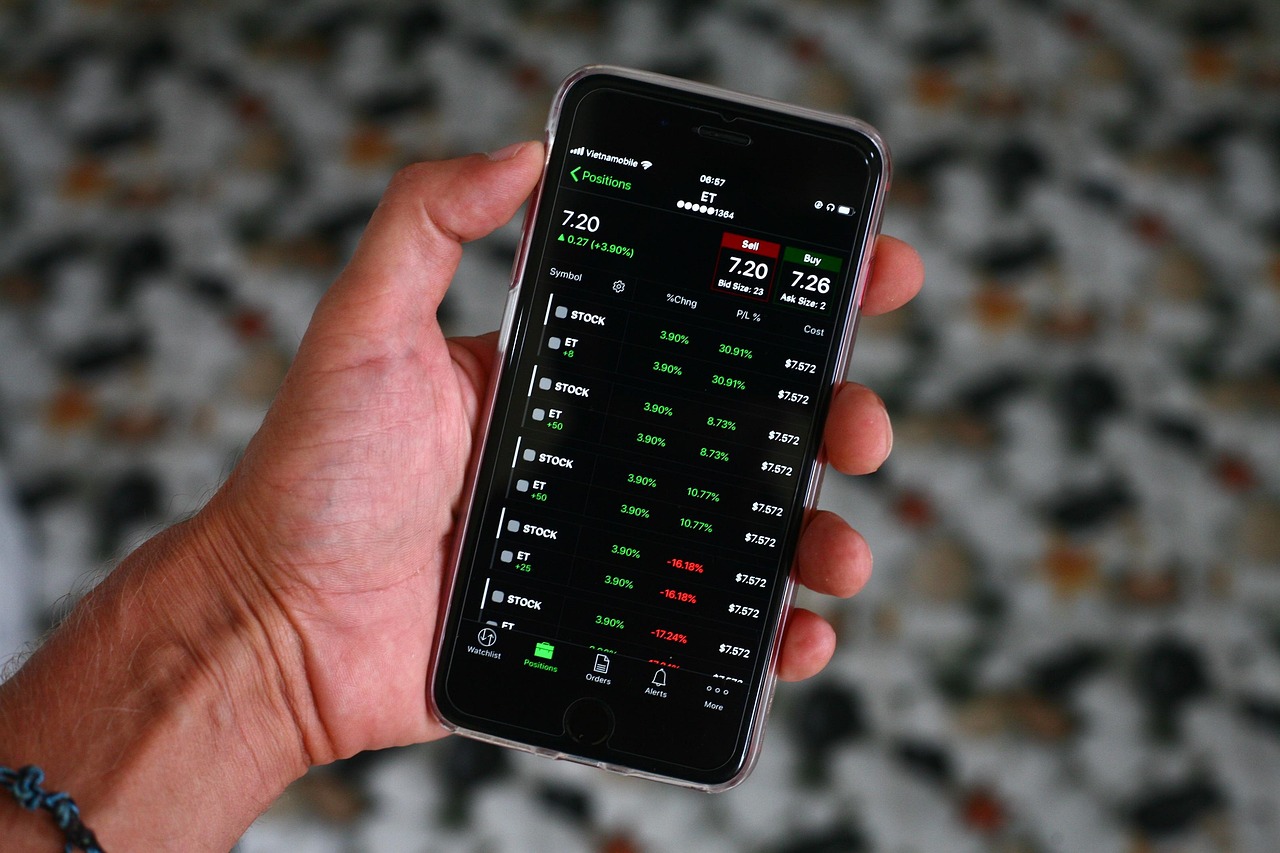
Institutional investors are placing their bets in ways that reveal the true investment landscape. BlackRock, the world’s largest asset manager, has increased its holdings in both AI and renewable energy stocks, but with different allocation strategies. Sovereign wealth funds like Norway’s Government Pension Fund have been steadily increasing their renewable energy investments while maintaining smaller but growing positions in AI companies. Venture capital funding in AI reached $25.2 billion in 2023, while clean energy attracted $40.5 billion in private investment globally. The pattern suggests that sophisticated investors see both sectors as essential, but with renewable energy receiving larger absolute dollar amounts due to its infrastructure-heavy nature. Rather than choosing one over the other, the smart money appears to be building diversified exposure to both technological revolutions.
The choice between AI stocks and green energy investments might be less about picking a winner and more about understanding your own investment goals and risk tolerance. Both sectors are reshaping the global economy in ways that will create enormous wealth over the coming decades. What’s your move going to be?




